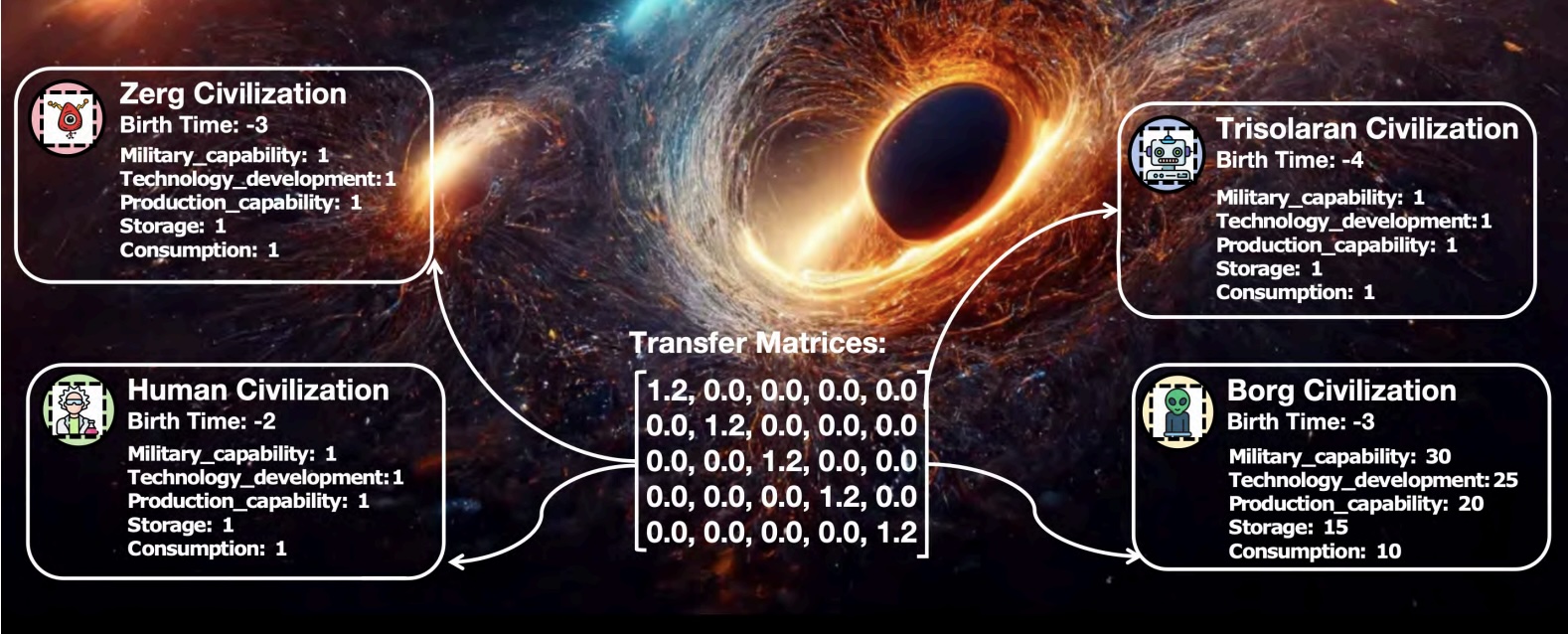The possibility for life beyond the Earth has captivated us for hundreds of years. It has been on the mind of science fiction writers too as our imaginations have explored the myriad possibilities of extraterrestrial life. But what would it really be like if/when we finally meet one; would it lead to war or peace? Researchers have used a complex language model to simulate the first conversations with civilisations from pacifists to militarists and the outcomes revealed interesting challenges.
The first radio transmissions were made in 1895 and since then the signals, however weak have been leaking out into space. The first intentional transmission out into space was the Arecibo message of 1974 that was sent toward the globular cluster M13 22,180 light years away. That means the signal won’t arrive there for about another 22,131 years! During this time of course, all the signals have been leaking out but the further they travel, the weaker they get. Its likely then that any signals out to a distance of about 100 light years is likely to be so weak as to not be detectable.

It would be so easy to be dragged into other areas of debate about aliens but it feels useful to set the scene of how difficult it will be to make contact or rather, how likely it may be. Assume then, that in some way, we do find ourselves making communication with an alien civilisation. Just how that conversation goes has been modelled by a team led by Mingyu Jin from Northwestern University.
The team used a new artificial intelligence framework known as CosmoAgent to simulate the interaction based upon the unique Large Language Model (LLM). The system uses a Multi-Agent System to enable modelling among a diverse range of civilisations. The civilisations have the ability to choose their own character traits from hiding, fighting or collaborating. This dynamic environment allows for a plethora of outcomes from alliances forming, adherence to rules to rivalries to how a civilisation might respond to an unforeseen event.
Diversity and conditions for life were also inherent in the modelling using transition matrices to analyse how civilisations might grow and change over time. This natural progression of an intelligent life form would inevitably mean ethics, morals, beliefs and sciences would develop along a varied path. These different frameworks would hugely effect just how such a civilisation might respond to alien contact.
There are limitations to the research though, largely from an Earth-centric bias developing the language model. The use of mathematics and algorithms to compute responses and outcomes may not cover the full spectrum of inter-civilisation responses. After all, we cannot even distill our own emotional responses down to a set of algorithms. Add in a speculative set of principles of an alien civilisation, of which, we have no evidence or experience to draw upon.
It is hoped that future research can address these obstacles and develop better models of inter-civilisational interaction. Taking into account a broader range of ethical paradigms and decision making processes to provide a more realistic simulation of just how first contact may just play out.
Source : What if LLMs Have Different World Views: Simulating Alien Civilizations with LLM-based Agents

